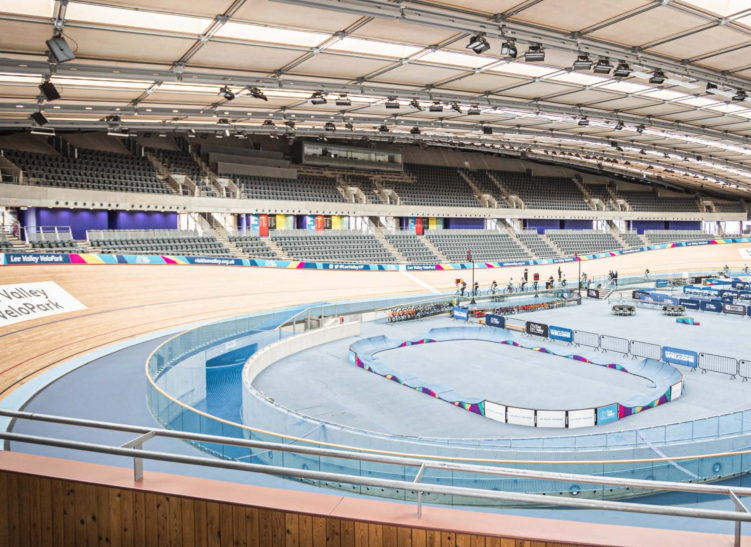Quest Case Study: Lee Valley VeloPark - Marketing, Research and Communication Module
- Details
- News Frankie Salmon
- 649
- 0
Marketing is an essential part of any organisation. The importance in building your brand’s story should not be underestimated as a vital tool to keeping your audience engaged and interested, and ultimately converting that interest into long-term customer relationships.

For leisure facilities, in addition to supporting vital revenue generation, through marketing we build brand awareness, attract new visitors or members over time, improve the facilities reputation and promote healthy lifestyles.
Many customers aren’t ready to commit to a membership or activity right away. Effective marketing builds familiarity and trust over time, so when those customers are ready to take the leap, your facility is the first place they think of.
The question is: how do you make that happen?
Are you truly tapping into the full potential of your marketing, research, and communication strategies, not just with customers, but also with your partners and internal teams? Having recently achieved ‘Excellent’ in their Quest assessment, and more notably in the Marketing, Research and Communication module, Lee Valley VeloPark is a great example of a facility making full use of its marketing potential. The site demonstrates diverse marketing collateral, a robust online presence using multiple channels, and a streamlined marketing strategy both site-specific and company-wide. In this case study, we are taking the opportunity to celebrate Lee Valley VeloPark as a prime example of what effective marketing for leisure facilities looks like, so you can reflect on your own strategy and identify areas to develop!
Starting with the basics
Across the sport and leisure industry, taking into consideration Quest module criteria, good marketing in order to optimise revenue and boost looks like:
- Effective use of resources – communicating in a way that genuinely connects with your target audience
- Working with the right partners – collaborating with organisations, influencers, or community groups that share your values and can help amplify your message to the right people.
- Measuring what matters – tracking engagement, conversion rates, and other key performance indicators that reflect both short-term wins and long-term goals. Just as importantly, regularly reviewing what you’re measuring to ensure it aligns with your current strategy and objectives.
- Adapting and evolving – the most effective marketing strategies are not static. They’re built on a foundation of ongoing learning, testing, and refinement based on data, feedback, and changing audience needs.
- Internal alignment – ensuring your whole team understands and supports your marketing direction. When staff are aligned with your messaging and values, they become powerful ambassadors both online and offline.
How is Lee Valley VeloPark scaling its marketing effectively?
Read the full case study through the interactive flipbook on pages 3-9 below:
https://issuu.com/rightdirectionsmanagementltd/docs/quest_newsletter_july_2025











